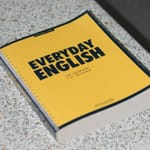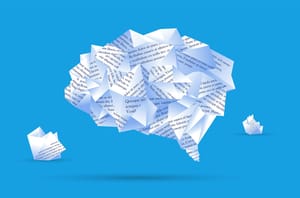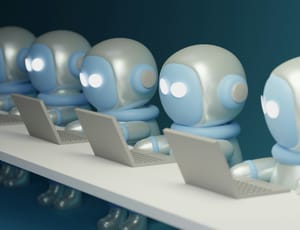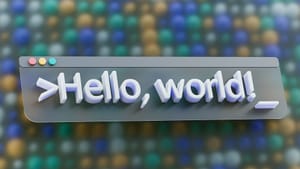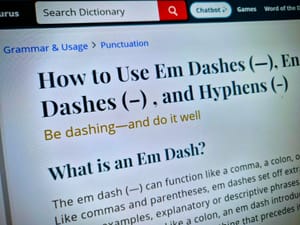Over the past few weeks, a curious trend has emerged across social networking platforms: AI-generated dolls and action figures of individuals, often designed in retro toy packaging with customised accessories. It’s quirky, fun, and – depending on your perspective – either creative or cringeworthy.
I decided to give it a try. Not just for the sake of joining in: I saw this as an opportunity to explore the capabilities of generative AI in a practical, focused context – specifically, how well AI tools can interpret, visualise, and iterate based on concise but specific prompting, with each image created building on the one before.
From Selfie to Studio Edition
It all started with reading a post on LinkedIn by Justin Flitter that contained a short and easily understandable prompt. Then a simple selfie that I uploaded to ChatGPT Plus along with a prompt tailored from Justin's: create a toy of the person in the photo – me – as an action figure.
I asked that the packaging include accessories in individual blister packs: a Kindle showing a book titled Work-Life Re-Balance, a Dell laptop with the ChatGPT logo on the screen, and a Shure microphone labelled "FIR Podcast". The box should feature my name, "Neville Hobson", and the title "Communicator".
The first result was impressive. It captured the style of vintage blister-pack collectibles while maintaining a modern professional context. Still, it looked... well, a bit too ordinary. So, I asked for a few tweaks: a slightly more youthful appearance, a pastel green T-shirt instead of the jacket in the selfie, and eventually the addition of a red Somerset dragon on the shirt.
The third and fourth efforts are what you see at the top. Two more iterations later came the full "Studio Edition", below, with a garden office backdrop, podcasting gear, and a branded Studio6 mug.

I did notice that I looked younger with each pass – I suspect ChatGPT was including the 'slightly more youthful appearance' part of the prompt in each iteration. But I was glad to see the Kindle book had reappeared.
Each iteration revealed more about how generative AI responds to layered, precise, and sequential inputs resulting from the conversational interactions between ChatGPT and me. It’s not just about the first output – it’s about refining the result based on changing needs or evolving vision.
The Risks Beneath the Fun
While the outputs were entertaining and insightful, the process is not without concern. BBC News technology editor Zoe Kleinman explores some of the deeper implications of this trend. Her report reminds us that AI image generation consumes significant computing resources, raising environmental questions about the sustainability of mass prompt experimentation.
She also flags the murky area of copyright. Many AI-generated images, especially those pulling from recognisable visual styles or branded aesthetics (like Barbie-style packaging), risk infringing on intellectual property, even if the resemblance is unintended.
Meanwhile, The Verge says ChatGPT is transforming LinkedIn users into really dull dolls. While technically proficient, they often lack originality, becoming just another version of the same idea reshuffled endlessly across platforms.
Originality Matters
These critiques are worth listening to. They highlight a key tension: AI allows us to create at scale, but without intention and creativity, we risk churning out bland content that adds to the AI slop out there – or worse, crossing ethical or legal lines.
So, if you’re going to experiment (and I think you should), try doing something unique. Don’t just ask the AI to make you into a doll. Give it context. Add personality. Push it into narrative or commentary. Make it part of a broader creative exploration.
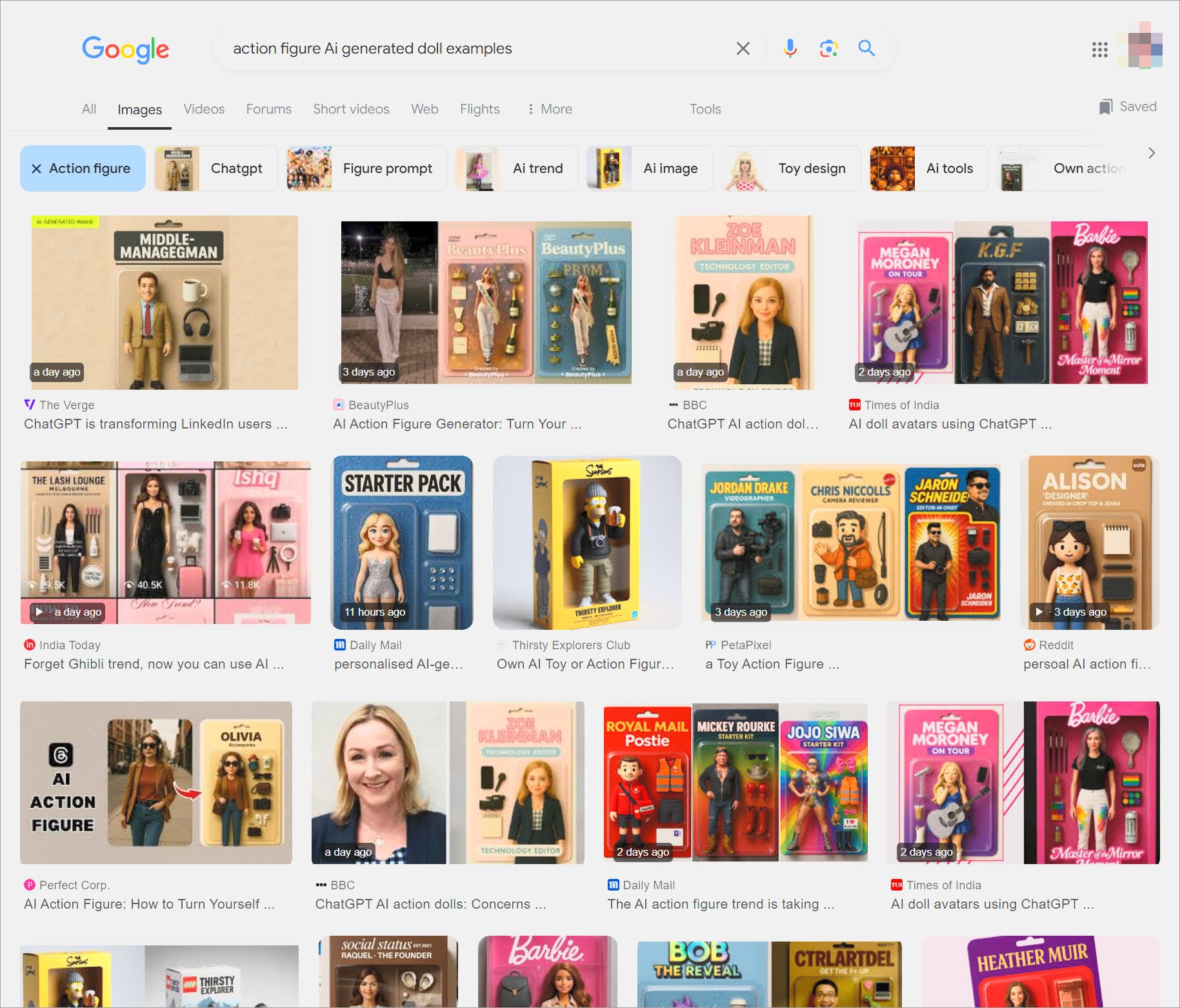
For me, the action figure trend is a playful medium – but also a lens through which I can study AI’s strengths and limitations, and invite conversation around the balance of tech-enabled creativity and responsible experimentation.
My Key Takeaways:
- Generative AI can produce impressive, personalised visuals based on highly specific prompts.
- The quality of the result improves through iterative refinement.
- Ethical and environmental concerns, such as those highlighted by BBC News and The Verge, should not be ignored.
- If you’re going to create, aim for something original that adds value or insight.
Have you tried making your own AI action figure yet? If so, what did you learn from the process? Share your thoughts in the comments.




